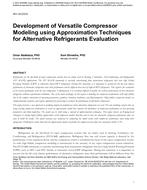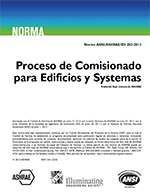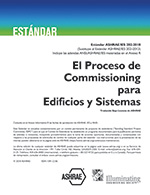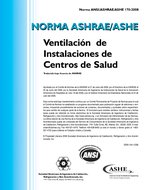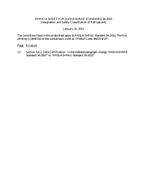Description
Refrigerants are the life-blood of vapor compression systems that are widely used in Heating, Ventilation, Air-Conditioning, and Refrigeration (HVAC&R) applications. The HVAC&R community is currently transitioning from mainstream refrigerants that have high Global Warming Potential (GWP) to alternative lower-GWP refrigerants. During this transition, it is important to account for the life cycle climate performance of alternative refrigerants since their performance will be different than that of higher-GWP refrigerants. This requires the evaluation of the system performance with the new refrigerants. Unfortunately, it is extremely difficult to predict the realistic performance of new alternative refrigerants without experimental validation. One of the main challenges in this regard is modeling the compressor performance with high fidelity due to the complex interaction of operating parameters, geometry, boundary conditions, and fluid properties. High fidelity compressor models are computationally expensive and require significant pre-processing to evaluate the performance of alternative refrigerants.
This paper presents a new approach to modeling compressor performance when alternative refrigerants are used. The new modeling concept relies on using existing compressor performance to create an approximate model that captures the dependence of compressor performance on key operating parameters and fluid properties. The model can be built using a myriad of approximation techniques. This paper focuses on Kriging-based techniques to develop higher fidelity approximate scroll compressor models. Baseline and at least one alternative refrigerant performance data are used to build the model. The model accuracy was evaluated by comparing the model results with compressor performance data using other refrigerants. Preliminary results show that the approximate model can predict the compressor mass flow rate and power within plus or minus 5%.
Citation: ASHRAE Papers CD: 2014 ASHRAE Winter Conference, New York, NY
Product Details
- Published:
- 2014
- Number of Pages:
- 8
- File Size:
- 1 file , 3 MB
- Product Code(s):
- D-NY-14-C014
